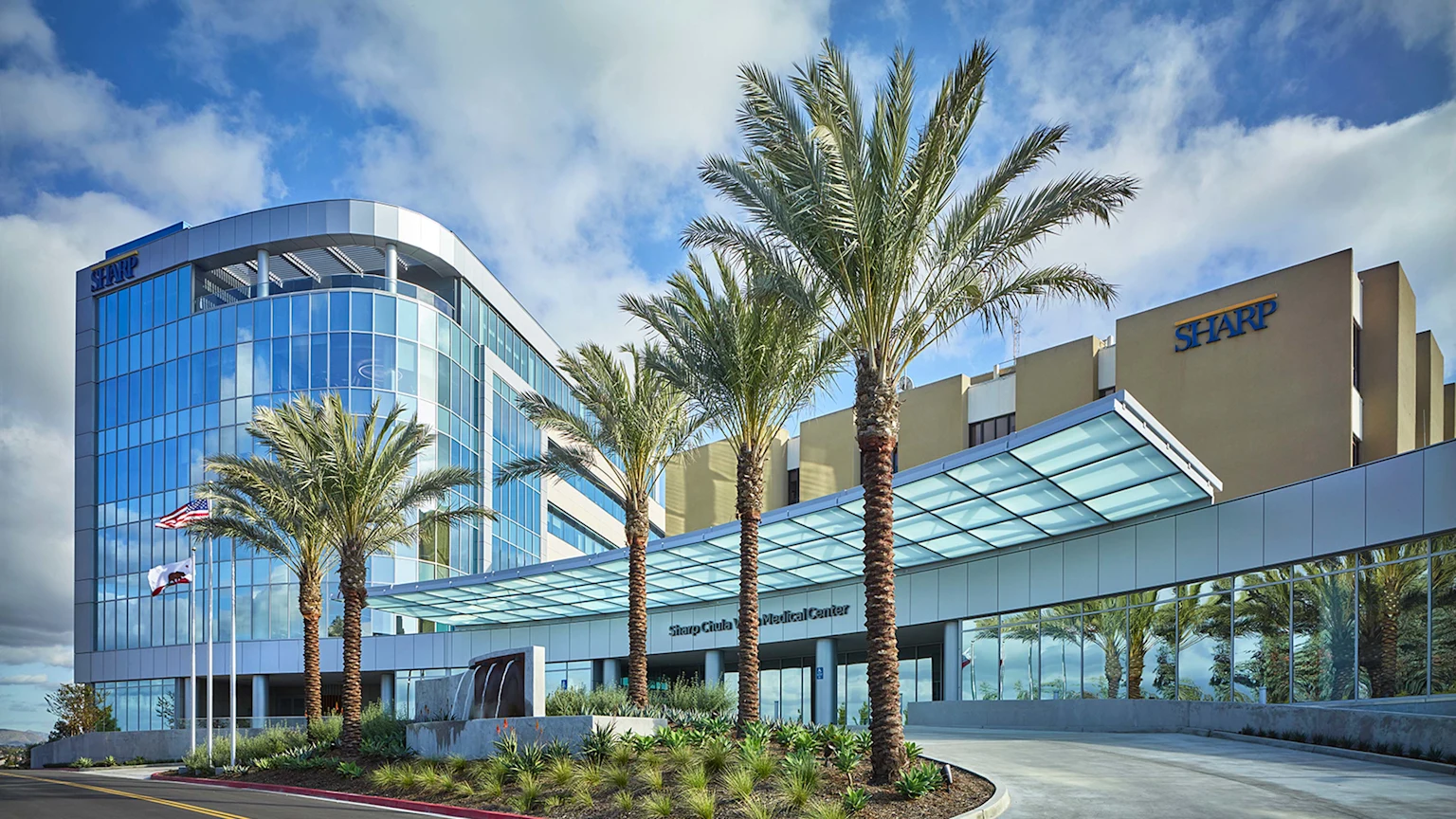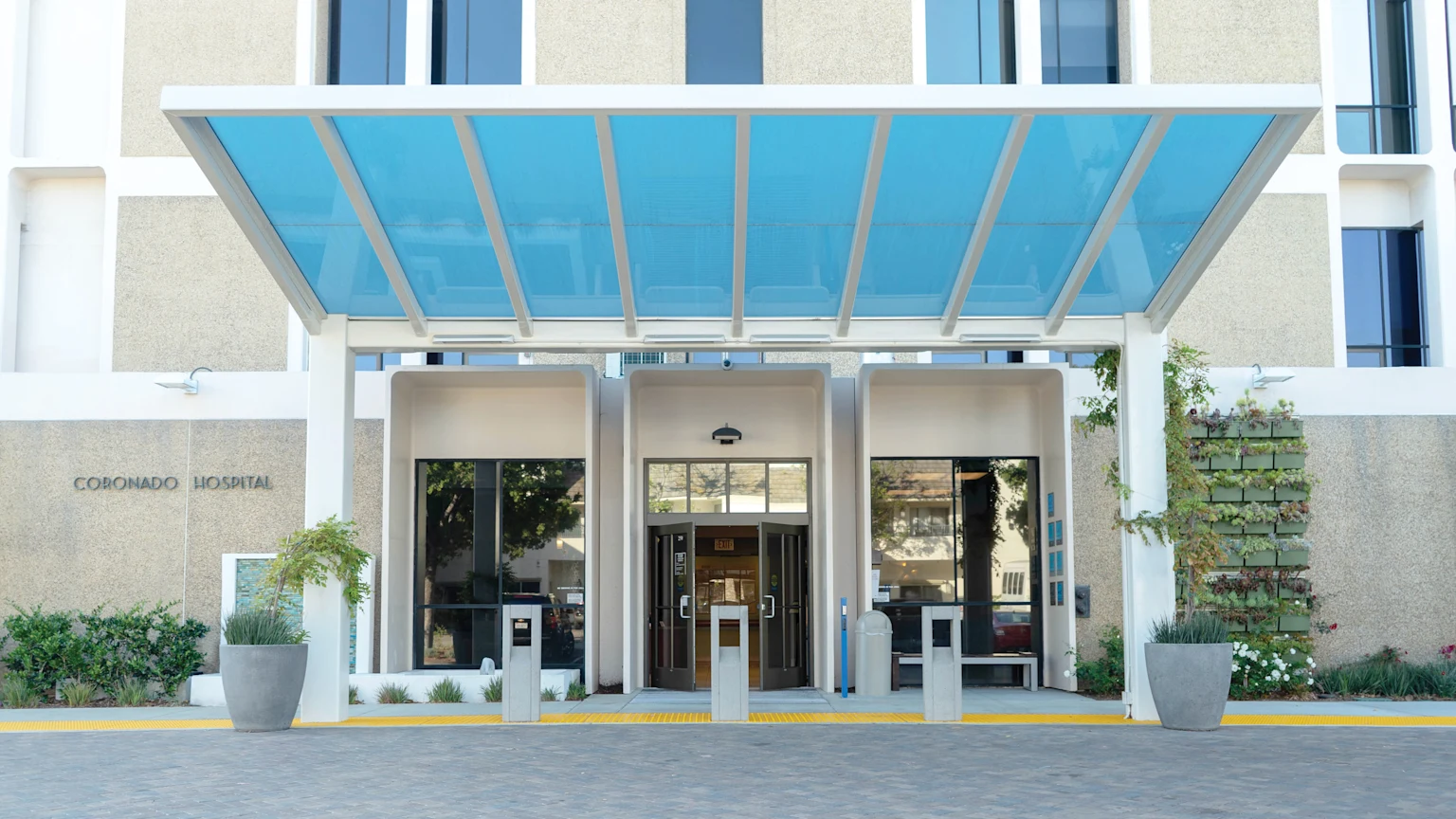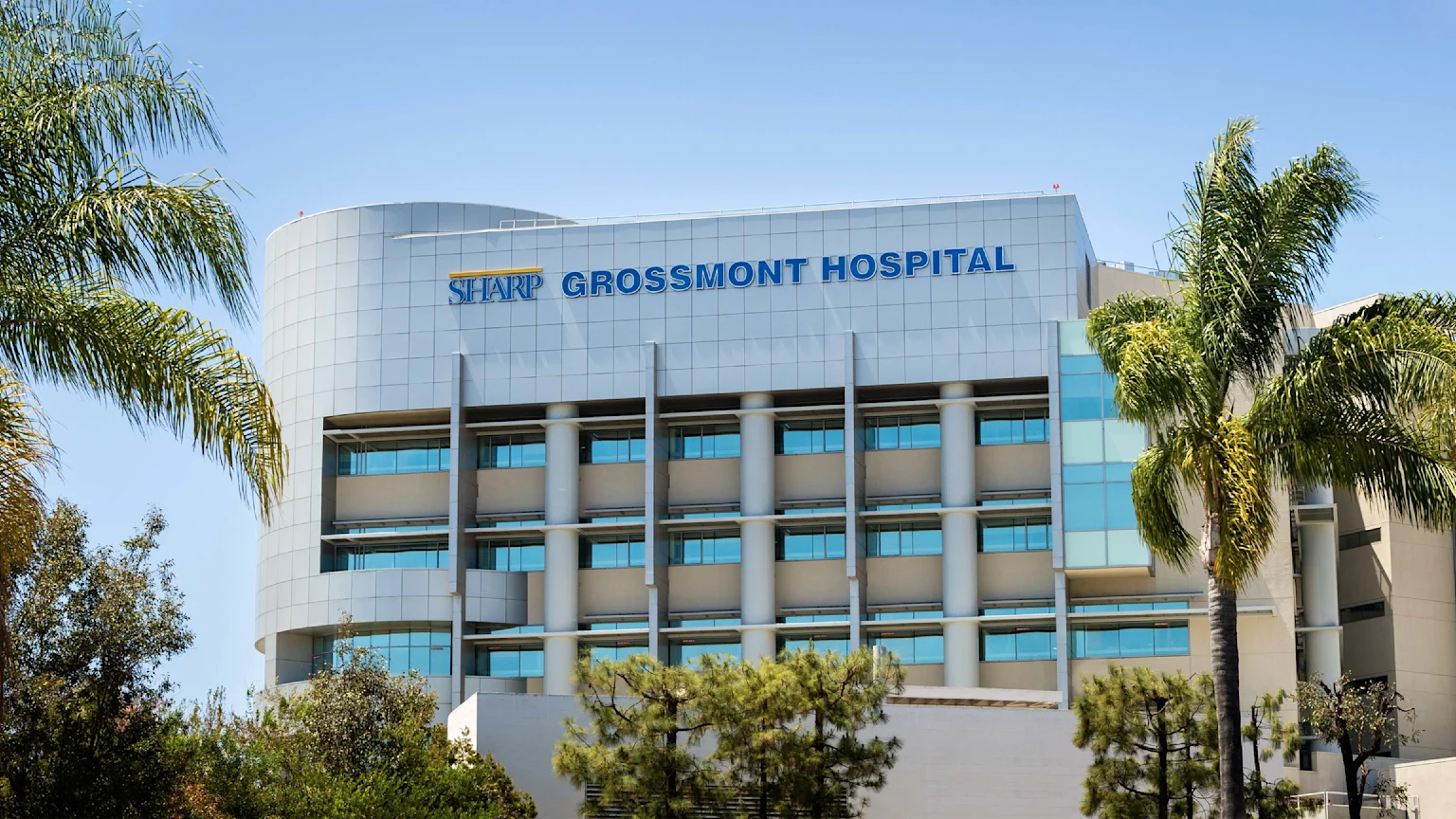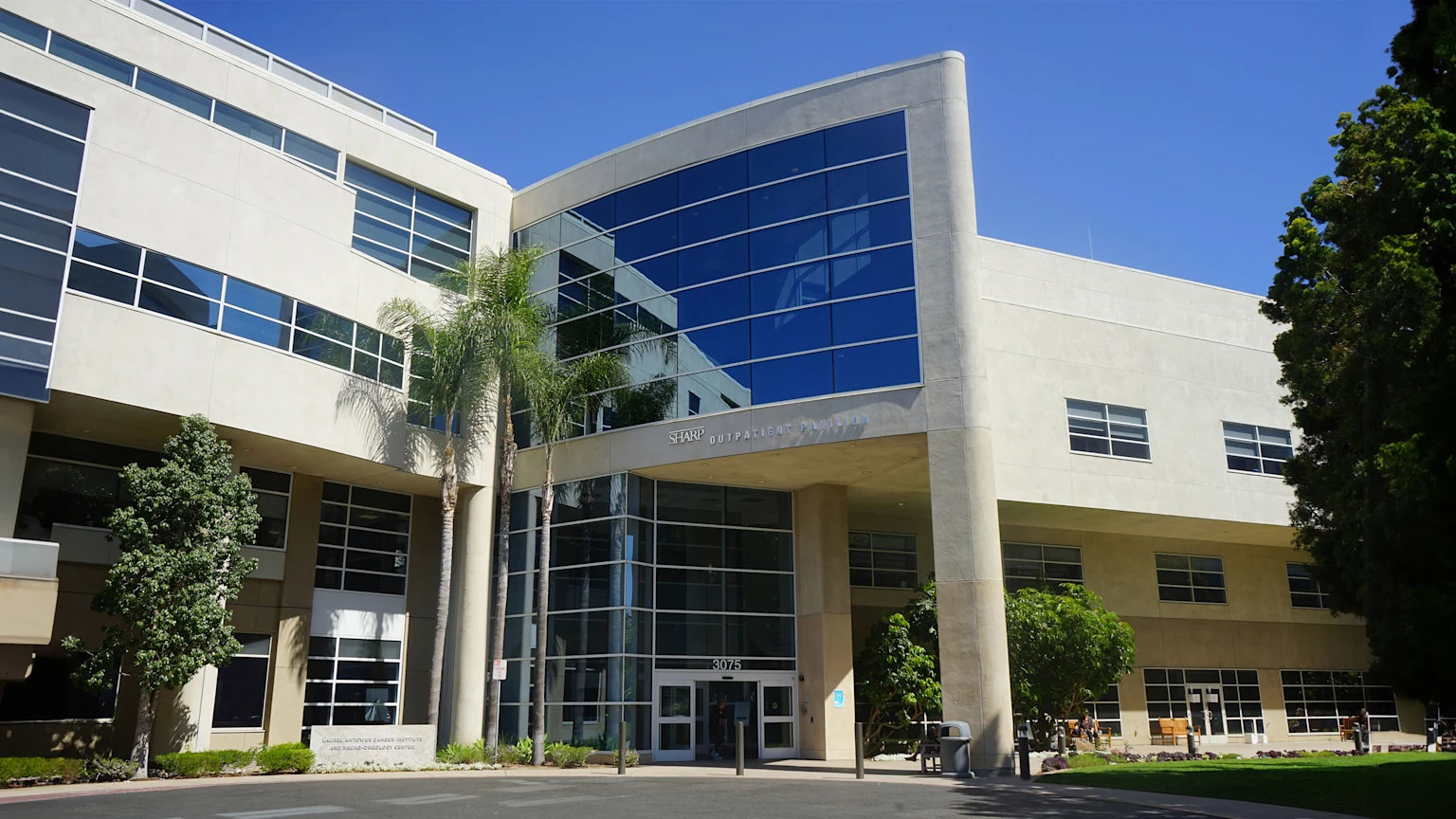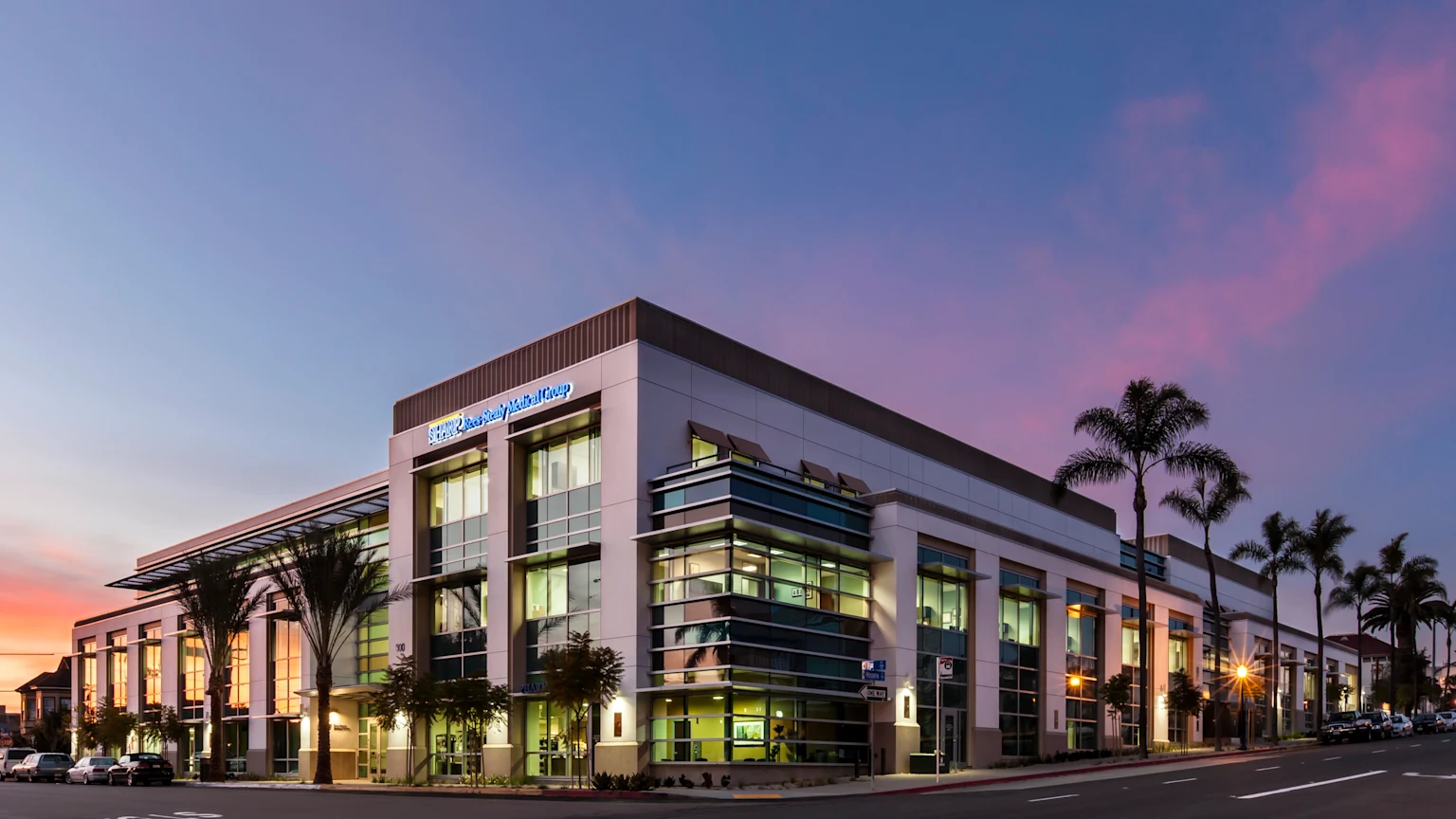Mammography services

At Sharp, we are proud to be a leading provider of women's care in San Diego, offering state-of-the-art technology and a gentle, supportive environment for your annual mammography screening. Our expert staff puts you first — ensuring your comfort — whether you are having a routine breast exam or a biopsy.
We know that every moment matters, and that means involving our patients in their care and never losing sight of what's important to them. That's why more San Diegans trust the Cancer Centers of Sharp HealthCare for extraordinary care.
Access to the most advanced screenings
Here, you're not just a patient, you're our partner. Beginning at age 40, we encourage you to have a conversation with your doctor about routine breast screening — when it should begin and what type of screening is best for you.
Our advanced diagnostic tests provide earlier detection of tumors and abnormalities — so that you can be one step ahead when it comes to your health. Our highly skilled team of experts is here to focus on what you need — every step of the way.
At Sharp, we utilize digital mammography to produce highly precise, rapid scans that can be displayed on a high-resolution computer monitor and stored digitally.
High-risk monitoring is also available at Sharp Memorial Imaging Center at James S. Brown Pavilion. When receiving a mammogram, you can learn if your lifetime risk of developing breast cancer is greater than 20% — the threshold at which the American Cancer Society recommends extra monitoring and other prevention strategies.
The process is simple. At the time of your mammogram, you will answer a series of questions about your personal and family histories. Then a sophisticated computer program will calculate your unique breast cancer risk and send it to your doctor.
Frequently asked questions about mammograms
Scheduling your mammogram
We want to make it as easy as possible for you to make your appointment, which is why several Sharp locations offer mammogram screenings. To schedule an appointment, call 1-800-82-SHARP (1-800-827-4277) or sign in to Sharp to book an annual screening mammogram.
Tomosynthesis (3D mammography)
Tomosynthesis, or 3D mammography, is a screening that allows doctors to detect breast cancer earlier by uncovering breast abnormalities unseen in traditional mammograms. This technology uses high-powered computing to generate a 3D reconstruction of the breast, providing clearer, more accurate views of breast tissue. Find a 3D mammography location
Benefits of tomosynthesis
Tomosynthesis uses high-powered computing to generate a 3D reconstruction of the breast, providing clearer, more accurate views of breast tissue. Like any organ, breasts are three-dimensional — made of tissue, milk ducts, fat and blood vessels at varying depths. With tomosynthesis, small cancers are better detected behind dense tissue.
Because 3D tomosynthesis provides a layer-by-layer view of breast tissue, it is especially effective for women with dense breasts, which can hide cancers and other abnormalities behind less fatty tissue. Roughly 40% of U.S. women have dense breasts, and most don't know it.
Frequently asked questions about 3D mammograms
Request a 3D mammogram
Tomosynthesis screenings are available at Sharp Rees-Stealy Medical Centers, Sharp Memorial Hospital, Sharp Coronado Hospital, Sharp Chula Vista Medical Center and through Grossmont Imaging, a partnership of X-Ray Medical Group and Sharp Grossmont Hospital.
At Sharp Memorial, screenings take place inside James S. Brown Pavilion's Outpatient Imaging Center, a designated Breast Imaging Center of Excellence. If you're interested in receiving a 3D mammogram, talk to your doctor or call 858-939-5100 to make an appointment.
At Sharp Grossmont, screenings take place at Medical Terrace Outpatient Imaging, which is dedicated to providing the highest quality imaging. If you're interested in receiving a 3D mammogram, talk to your doctor or call 619-740-5100 to make an appointment.
At Sharp Coronado, screenings take place at the dedicated women's imaging suite at the Payne Family Outpatient Pavilion. You can schedule an appointment by calling 619-522-3670.
At Sharp Chula Vista Medical Center, screenings take place at San Diego Imaging Chula Vista, which is dedicated to providing the women of San Diego's South Bay with comprehensive imaging services in an outpatient imaging center setting. To schedule a 3D mammogram appointment, please call 619-397-6577.
At Sharp Rees-Stealy, screenings take place at the radiology department of locations with mammography services: Downtown, Mira Mesa, Otay Ranch, Rancho Bernardo, Santee and Sorrento Mesa. Appointments are available Monday through Friday with Saturday availability at select locations. Patients can request an appointment by calling 858-586-6730.
Community health screenings
Sharp is proud to offer free cancer screenings to qualified San Diegans, in partnership with other community health care organizations. Learn more about our upcoming screening events.
Mammography services in San Diego
Mammography is offered at the following Sharp locations.
